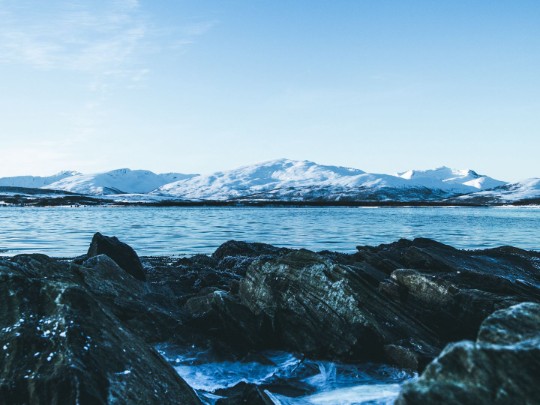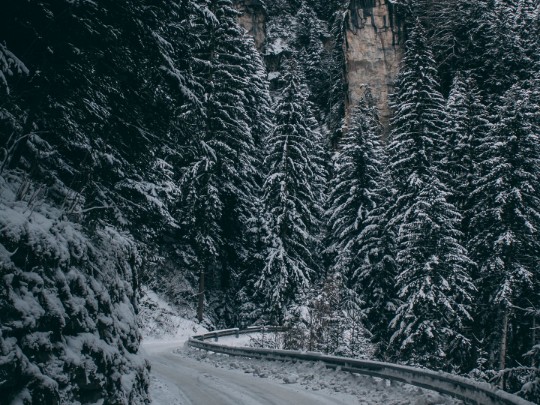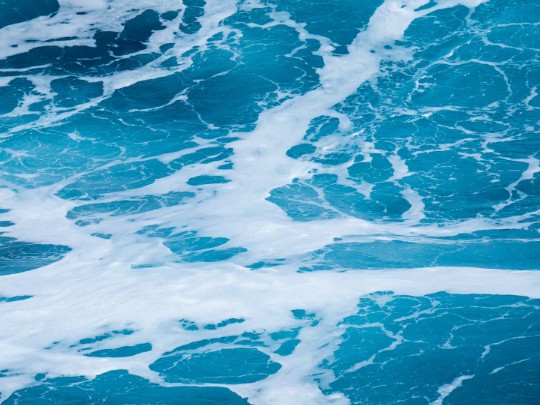Majestic Stone Giants: How Rocks Shape the Beauty of Snowy Mountains

The breathtaking beauty of snowy mountain landscapes is undeniable. But often overlooked are the silent sentinels that truly define their character: the rocks. These geological formations, sculpted over millennia by wind, ice, and snow, provide a dramatic counterpoint to the expansive, pristine white.
From granite peaks battered by storms to sheer, rocky slopes, these stones whisper tales of immense geological time. They are living records of Earth's history, etched with the passage of eons. Consider the remarkable resilience of these stone giants.
They endure freezing temperatures, relentless snowfall, and the constant pressure of glacial movement. The interplay between the rocks and the snow creates a stunning visual contrast. The rugged textures of the rocks – often coarse and fractured – stand in stark relief against the soft, powdery snow. This juxtaposition isn't just visually appealing; it highlights the raw power of nature and the enduring strength of geological forces.
The Science Behind the Stone
The rocks you see in these mountainous regions are not just random formations. They are typically composed of igneous rocks like granite, metamorphic rocks like gneiss, or sedimentary rocks like shale and limestone, each telling a different story about the mountain's formation. Granite, formed from cooled magma deep within the Earth, is incredibly durable and often forms prominent peaks. Metamorphic rocks have been transformed by heat and pressure, while sedimentary rocks are the result of layers of sediment compressed over time.
The weathering processes—wind erosion, freeze-thaw cycles, and glacial abrasion—have shaped these rocks into the unique forms we see today. The jagged edges, the deep fissures, the rounded boulders: all are the result of these relentless forces working over vast stretches of time.
More Than Just Scenery
The rocks of snowy mountains are more than just a pretty backdrop. They provide vital habitat for alpine plants and animals, offering shelter from the elements and a substrate for root systems. They also influence water flow, creating streams and waterfalls that carve their way through the landscape. Understanding the geology of these mountains is key to appreciating the complexity and fragility of these ecosystems.
So, the next time you find yourself gazing at a snow-capped mountain, take a moment to appreciate the silent sentinels—the rocks—that shape its beauty and define its character. They are a testament to the enduring power of nature and the incredible history of our planet.





